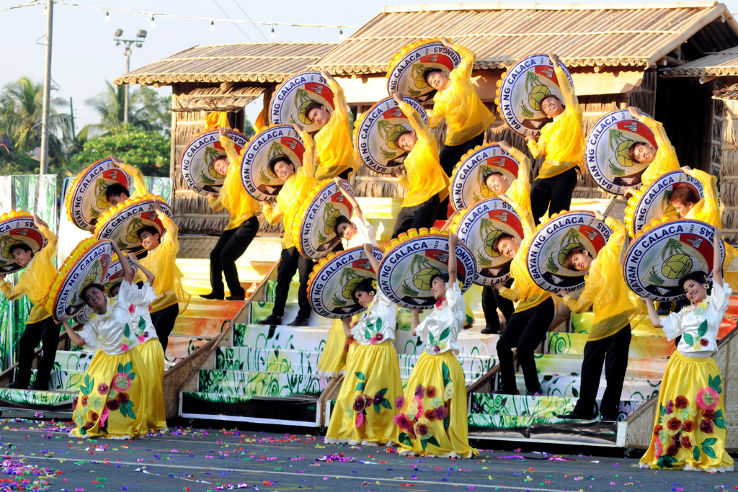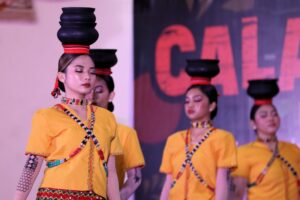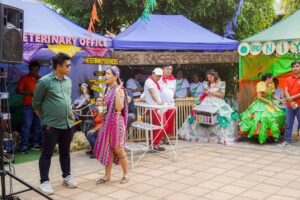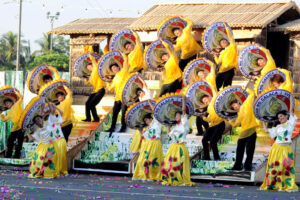
Historical Significance
The name “Calacatchara” is a blend of Calaca (the city) and atchara, the dish that the town is famous for. The festival was launched around 2005 under Mayor Sofronio “Nas” Ona Jr., with the goal of reviving and promoting the atchara industry in Calaca, which had waned in popularity. Originally the festival’s schedule was tied to October, culminating on the feast day of St. Raphael the Archangel (October 24), who is the town’s patron saint.
Over time, adjustments have been made: in more recent years, the festival has also been held in May to align with other city celebrations such as Calaca’s founding day (Araw ng Calaca).
Unique Traditions
The Calacatchara Festival is more than just a food fair. It is a multi-day celebration filled with religious observances, cultural displays, contests, and community events.
One of the core traditions is the Caracol de San Rafael, a fluvial procession held in coastal barangays, honoring the patron saint. Street and court dance competitions are perennial highlights of the festival. Schools and barangays dress in elaborate costumes and perform choreographed routines in the streets, telling stories or depicting local culture through movement. There is also the Bb. Calacatchara pageant, where contestants represent municipalities or barangays and compete in beauty and talent events. Alongside these, the festival includes trade fairs, photo exhibits, clean and green competitions (most decorated barangay), and cultural nights (e.g. presentations by students), among various other events.
In 2024, the Calacatchara Festival in Calaca ran for nine days, beginning May 2, according to the city government’s round-up. That year’s event featured a parade with participants dressed in vibrant regional costumes, opening programs, community response and rescue Olympics involving barangays, car & motor shows, singing contests (Birit Barangay), job fairs, grand balls, and more.
Because the festival celebrates atchara, food or product tie-ins are a central motif. Locals and visitors sample different varieties of atchara; local producers and artisans showcase their special versions.
Video from Dave Delos Reyes Padilla
Cultural Impact
Over time, the Calacatchara Festival has grown to be an important focal point for cultural identity, local economy, and tourism in Calaca. It gives the people a way to reclaim and celebrate their signature product, atchara, which otherwise risked fading into obscurity. By centering the festival on that product, the community underscores how food can be a marker of place and identity.
Because many events are open to the public and involve local participation from barangays, schools, local government units, and producers, the festival fosters community engagement and ownership of local culture. It also raises the profile of Calaca in Batangas and beyond, as the festival’s street dance delegations have participated in larger regional events and its cultural displays continue to attract visitors.
Economically, the festival helps local atchara makers gain visibility and market their goods as “pasalubong” or specialty items. It ties agricultural production, such as papaya and pickling, to artisan food craft and the local livelihood landscape. The festival also stimulates related industries like tourism services, transport, hospitality, and local vendors during the celebration period.
Spiritually and culturally, linking Calacatchara to the patron saint’s feast day integrates religious devotion with everyday community life. The festival serves as a moment of thanksgiving, unity, and pride for the people of Calaca.



